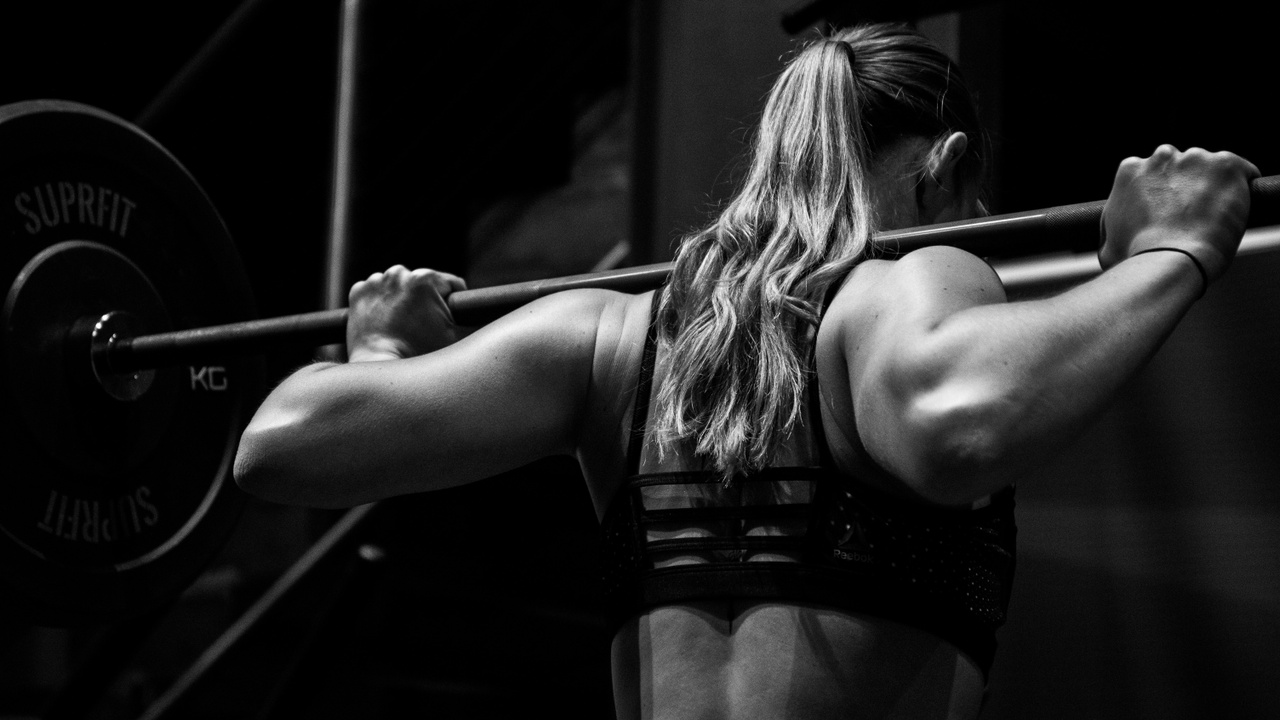The Importance of a Squat & Finding Your Main Focus
Jun 29, 2022
As we move past the most famous push exercise known to man, we can except that the most functional of all patterns is the squat. It starts our development of lower body gait and maintains all dynamic movements throughout life. All movement assessments include it and it is observed differently all around the world.
You can make the argument that all movements are considered a pull in the case that muscle fibers pull on one another to create muscle contractions to produce movement. But as for now, we will open the discussion to what part of the movement forces the body to work the hardest.
We will focus on the lower body ‘Push’ which is the squatting patterns. There is a very large array of exercises that can be put into this group from the traditional, bi-lateral squat to split positions or lunges to single leg variations. From each position comes a large variety of tools and loading parameters that can be used from barbells, dumbbells, kettlebells, bands and cables.
The reason squatting movements are considered a ‘push’ is that they allow the body to compress and then from a loaded position, it is a push away from the floor or an object to return to an extended position. These variations also comprise of leg press, hack squat and smith machines.
As we understand the biomechanics and human performance, the squatting positions will incorporate the entire body which will recruit the major powerhouses of the body. The big ‘3’ in this case will be the glutes, the transverse abdominis, and the lats. As a whole, the hamstrings and quads produce a lot of force with squatting but the glutes dictate overall stability of the hips and knees. The inner core will determine how much length we can maintain throughout our spine and the lats will maintain the upper body shoulder posture especially while loaded in specific positions.
All squatting exercises should help promote one another. In many cases, some squatting variations should be placed before others to help promote better movement and strength overall. The two leg squat is the first thing we learn in lower body movements as infants besides the pattern of crawling. This is where all movement starts but as we mature and potentially lose our ability to squat well, we may need to use other forms of squatting to get back to squatting in a traditional, two leg stance.
The squat can be done in so many ways with many different modalities which can affect your goal and outcome. These changes could be positive or potentially negative which can lead to injury and pain.
A very common application is the feeling of not feeling comfortable squatting with ones own body weight. This leads to using weight and extra load and force to better position oneself or help offset their lack of mobility or stability. This can lead to improper loading with compression and shear forces across the spine and joints as well as a lack of overall functional movement with running and jumping. Remember, all squatting patterns are loaded and dynamic mobility. How far you take your range of motion and which loading parameters you select will dictate your strength at end ranges.
There are a few simple tests that can let you know what your main focus should be as you allow your body to compress and from there create force to return to a fully extended position.
The first is the forward fold or hinge. You should be able to fold to 90 degrees with complete separation from your lumbar spine to your hips. If the low back moves before 90 degrees, you will have a compromised lower back position during the squat, especially as you target the end range bottom position. Try these exercises to help work on positioning of your lumber and femur in the squat.
1a. Active Leg Lowering Progressions.
1b. Seated Good-Morning
The next phase that most people have an issue with is pulling themselves into the bottom of the squat. Standing tall, pull your one knee as close to your chest as you can. Let go of the leg and see if you can hold it in the same position without it falling. It is essential that the hip flexors help pull your femur towards your ribcage to help control bottom position. This means that the strength of the hip flexors is essential for squatting but also all types of other exercises and movement, i.e. sprinting and jumping. This becomes more necessary as we move into single leg squatting variations like the pistol. Try these to improve your thigh to ribcage positions.
2a. Active Leg Lift Progressions
2b. Incline or Hang Knee Tucks
The last piece that we will cover today is the adductor and inner groin line which is typically really tight for most people. If this is the case, this can affect positioning of the knee outside your frame when you squat as well as cause shift in the pelvis which can lead to lower back issues and pain. Try these exercises to improve inner leg mobility and strength.
3a. Half-Split Stance Reach
3b. Split Position Lateral Leg Lifts
Proper form in lower body pushing exercises are many times overlooked and can be one of the main contributors to hip, knee and lower back pain. If you would like more information or to see how our team of PTs and coaches can help you break down movements and exercises, give us a call or message us to schedule a complimentary discovery session. We can give you a new outlook of focusing your training on tasks, which gives a variety of movements with advancing complexity to build your skill, resiliency, and efficiency as you train.
